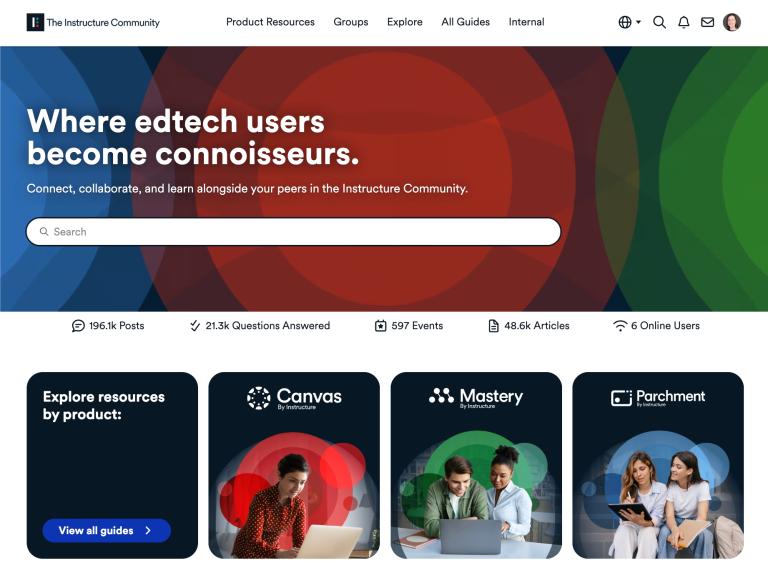Nobel Laureate, Maurice Maeterlinck, once observed, “At every crossway on the road that leads to the future each progressive spirit is opposed by a thousand men appointed to guard the past.” Educators tend to resist major change, and yet here we are, right in the throws of it. Many of us have had to swiftly change from face-to-face to online teaching in a matter of a few short days. Now was not the time to develop a masterpiece online course. It was, however, the time to make mistakes and prioritize essential material, most likely, utilizing only a synchronous format.
After surviving the winter semester, what will come next? Spring and summer courses will be delivered online. The Fall 2020 semester is still unknown, but many of us have been told to prepare for online delivery, as a contingency. Now what do we do? Our universities and colleges have some variant of an educational technology or teaching and learning department yet those resources (often small teams) are overextended.
The likelihood of being assigned an instructional designer, to guide and support you throughout this process, is low. One element I urge you to keep in mind, whenever we have online content distributed to our students, is accessibility. The findings within the 2019 ECAR study of Undergraduate Students and IT, suggested that academic institutions were not meeting the needs of a significant portion of students with physical and learning disabilities:
“Among those with disabilities, about a quarter rated their institutional support (21%) and awareness (24%) as poor or fair. Especially concerning is the 11% of students with any disability who reported that their college or university was not aware at all of their need for accessible technology.”
As educators, planning for the uncertainty of the future, rethinking curriculum delivery methods and balancing changes in home life, there is not a lot of time to dedicate to inclusive and accessible design. However, utilizing a few elements will make all the difference for your students.
Small steps you can take to improve online learning using Canvas:
- Enable ePUB format
- Use the accessibility checker in the Rich Content Editor (RCE)
- If you build your course content in pages, faculty and students can use the Microsoft Immersive Reader
- Scan your course using UDOIT (Universal Design Online content Inspection Tool)
- Prioritize asynchronous delivery through discussions, groups, and collaborations while still including some synchronous elements
- Educate your students about the Canvas Student app (available on IOS and Android); a helpful tool for students who do not have easy access to a desktop or laptop computer
Related Content
 inst-3step.jpg
inst-3step.jpgBlogs
 13lmsfeaturesthatbenefitstudentlearning.jpg
13lmsfeaturesthatbenefitstudentlearning.jpgBlogs
 community-homepage.jpg
community-homepage.jpgBlogs

